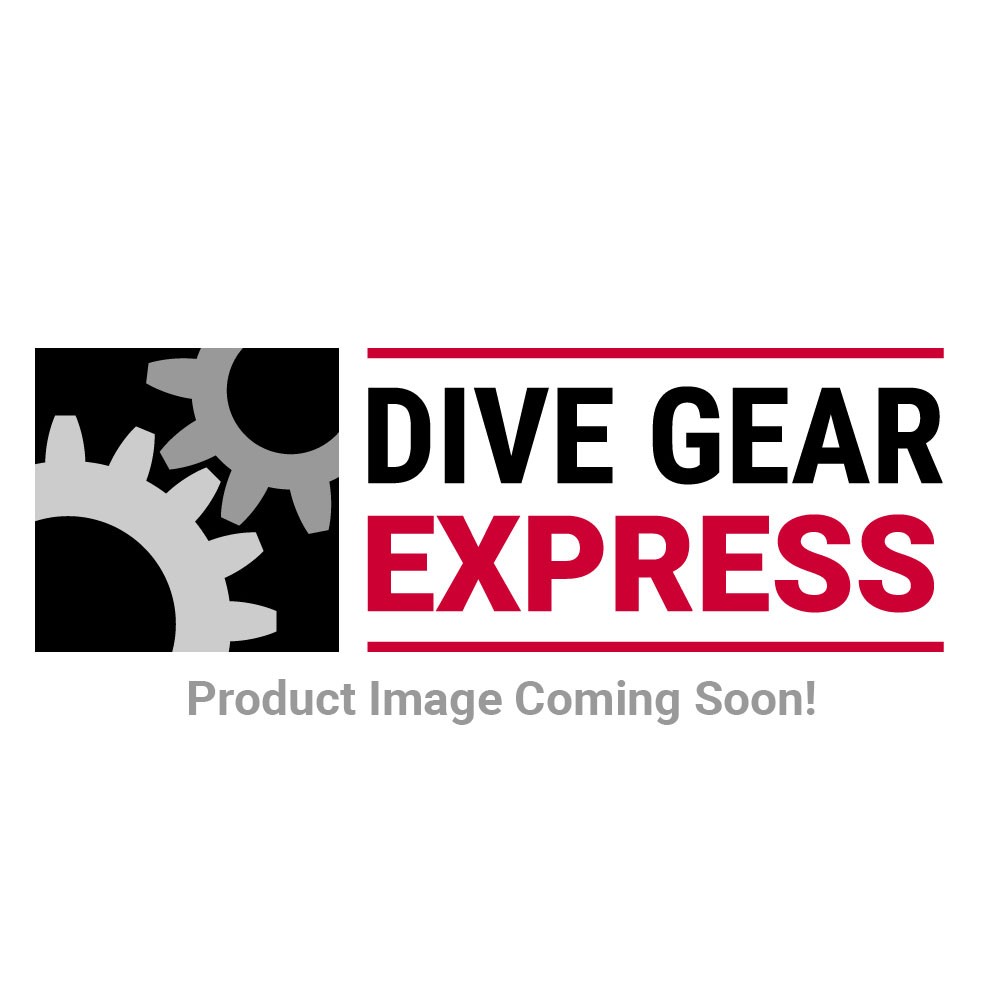Eric Sedletzky
Contributor
Yes, with flatter plates a single tank is closer to your back. If you were diving doubles it would be the opposite, you’d want a plate with a steep bend because then the threaded rod coming out of the doubles bands is shorter and more stable and the channel reaches further into the space between the double cylinders. The cylinders on each side will rest on each side of your back anyway so the steep bend of the plate won’t affect anything. However, when you put single tank up on top of that steep plate and tall channel it sticks way out there, and a STA on top of that makes it even worse. With a big tank it will want to turtle you over and you’ll be fighting it constantly.Go
Good point, one of the reasons for choosing the Halycon plate is I have seen nothing but positive feedback on it. Unfortunately I don’t have any dive shops with backplates close to see and try. I didn’t know some plates are flatter than others, what’s the advantage of a flatter plate other than what you mentioned of the tank is closer to your back?
If you are diving singles pick the flattest plate you can find with a shallow channel and use a wing with those roll cushions (sounds like you already picked one), and skip the STA. They are kinda obsolete in many ways.
I’d skip the comfort harness too and modify a standard one piece by adding a buckle on the left shoulder, it’s not that hard to do.




